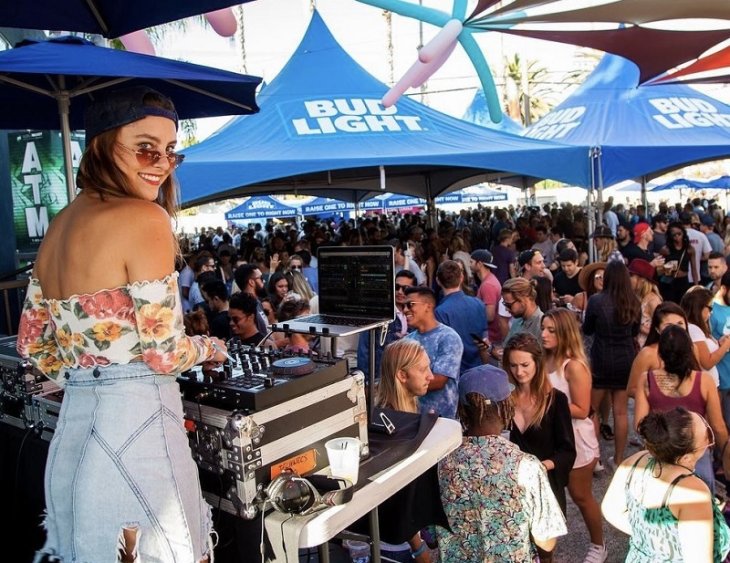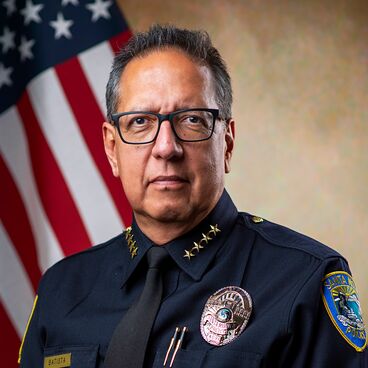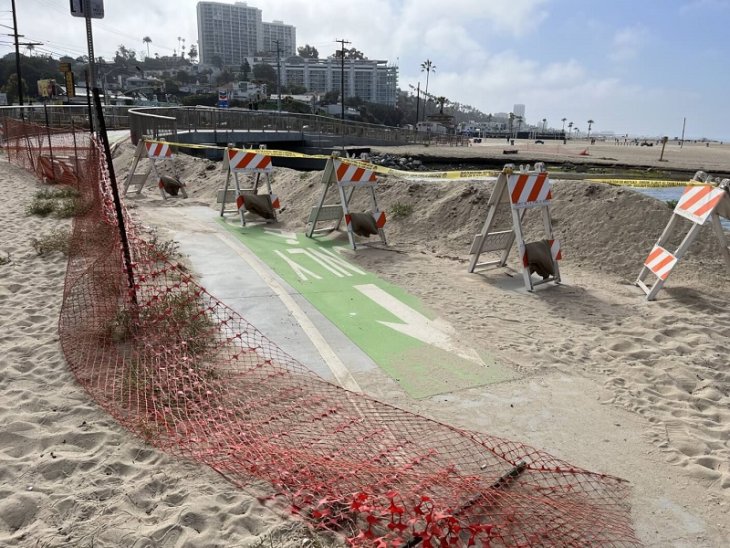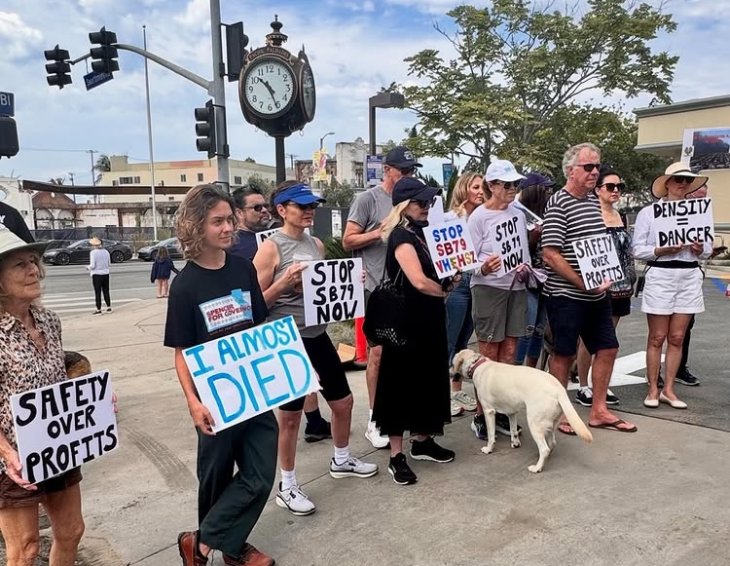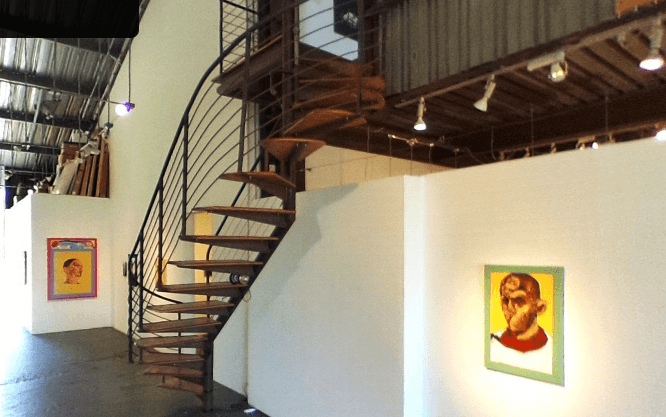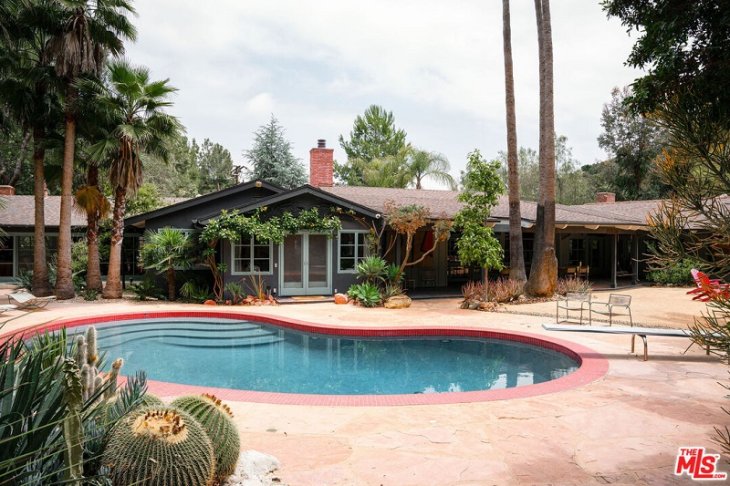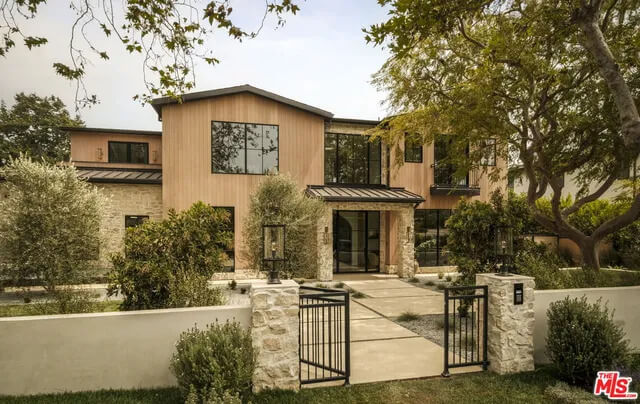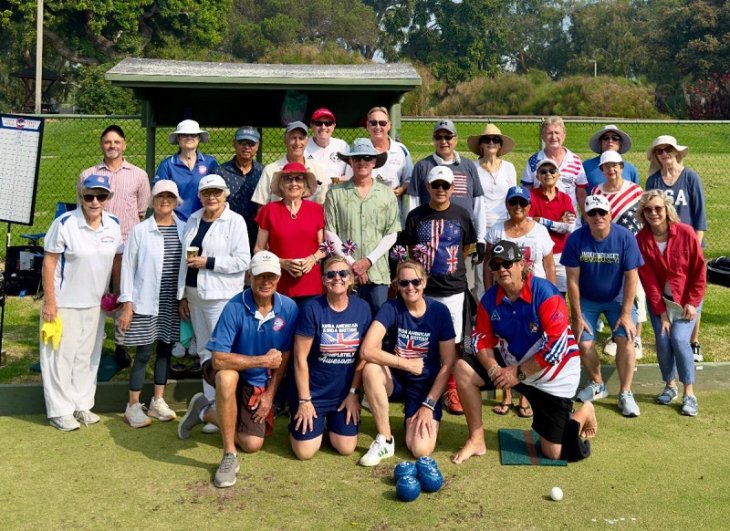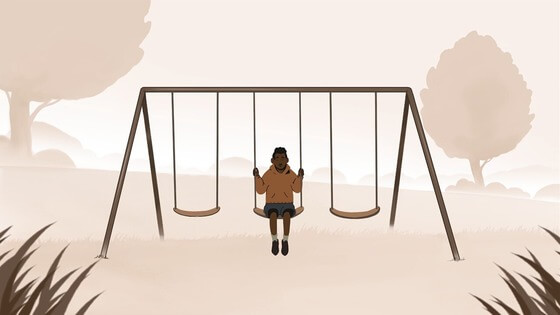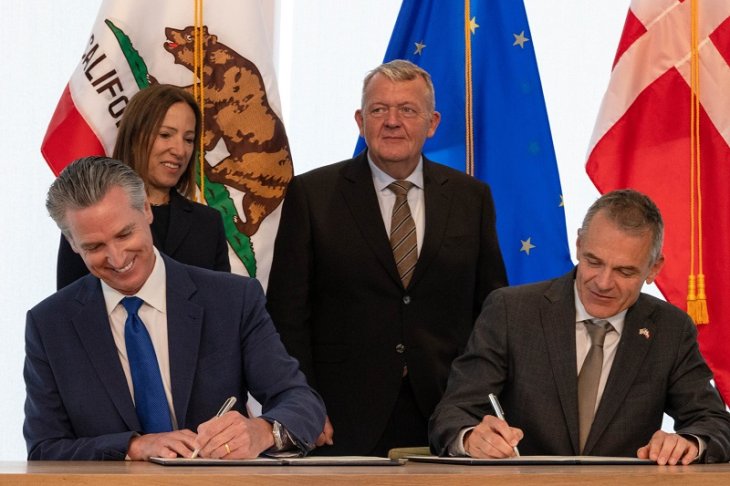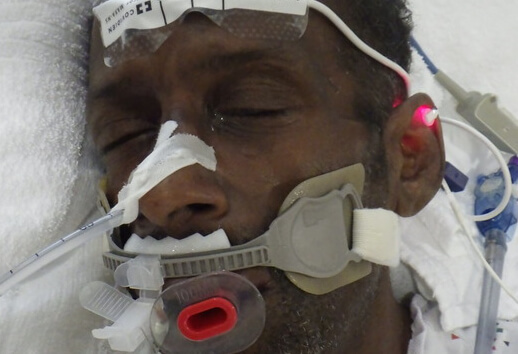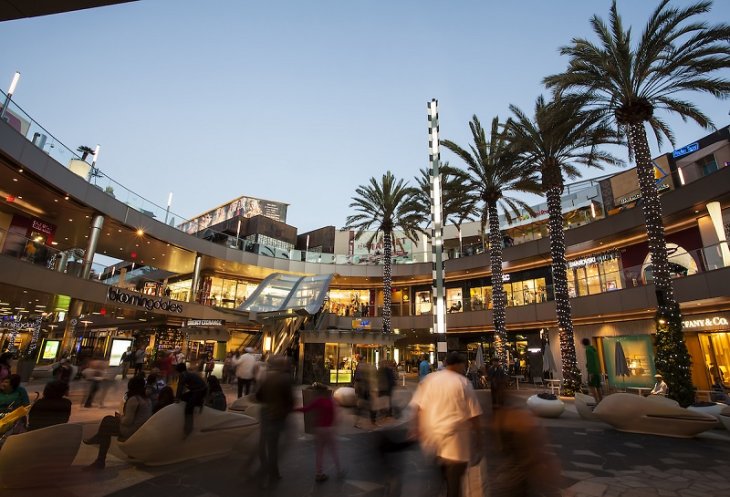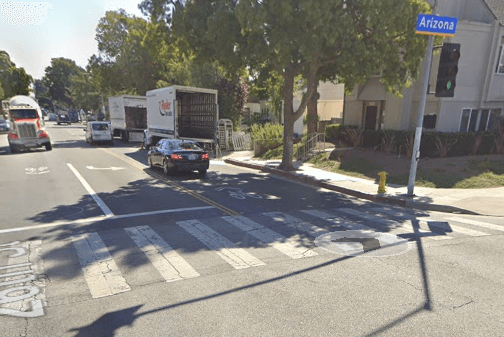By Nick Antonicello
The following is an interview with Jim Murez, a candidate for Mike Bonin’s soon-to-be-vacant seat on Los Angeles City Council.
1. Why are you running and tell us about yourself?
Why: Because I’m tired of watching how the professional politicians destroy the City where I grew up and created a home for my family. I do not believe our elected government is responsive to constituent needs and, after 35 years of community activism, I’m tired of beating heads with City Hall from the outside trying to maintain the quality of life I grew up loving. Me: Born and raised within the district, I started out in public school, but at a young age the education experts realized that I was not like other kids, so I was an transferred into non standard learning environments until transferring back into public school at University High. Then, by the luck of having my name drawn out of a hat, along with 74 other students, I was enrolled into a non-structured school within the school called IPS (Innovative Public School). The concept was more about individuals learning from their interests in the real world. I took up building an off-road race car and constructing a geodesic dome with several classmates. I learned how to communicate with industries by writing papers that asked for donations that were needed to achieve my end goals. The car finished 4th in the Baha California, Mexican 1000, but the geodesic dome, which was located in Latigo Canyon, sadly was stolen before it was finished. But our class had a lot of wonderful weekends sleeping under the stars during its construction.
Following high school, I enrolled into Santa Monica City College, where I learned about many practical skills, including architecture and home building, automotive body repair, machine shop and welding. During this period of my life, I also spent a lot of time restoring antique and exotic cars. After exhausting the trade classes, I took a job offer to work for a food company that farmed, imported and exported, packaged and distributed herbs, spices and cake decorating products on a national scale. In my spare time away from work, I tinkered with my electronics hobby and built my first microcomputer. My job responsibilities quickly changed from being a machine operator to production and warehouse management after I demonstrated how I could move the company from a paper index card inventory control system into a computerized system that could forecast future trends based on past history and current trends. This software program that I wrote was able to predict ordering lead times for raw material and production cycle on over 350 unique items, allowed the company to reduce operation costs, cut down finished inventory to cycle six times a year, resulting in a huge growth curve with large profits for the company.
While hanging out in my beach house in Santa Monica, I realized that I could repackage my big, bulky microcomputer from being several cabinets interconnected with delicate wires into a suitcase sized cabinet. The following weekend, I went over to a local sheet metal shop and pointed out where to put bends into some aluminum sheets I had purchased the day before.
When I got home that day, I took out my electric hand drill and proceeded to layout and punch holes to mount the inner components of my computer. Some of the parts, like the power supply had to be entirely redesigned to fit but, within two weeks, I had everything repackaged into one portable enclosure. As I quickly learned, I had stumbled across a need that a lot of people wanted: a portable computer. So in the months that followed, I developed a set of drawings that showed where to cut, drill and bend the cabinets, and sent them out for manufacturing. Local orders for these machines were coming in from all the computer stores where I walked in and opened my machine. The year was 1977 and, needing capital, I sold the car that I had restored that had belonged to Brian Epstein, one of five Mini Cooper Sprints that were created for the Beatles. This funded a product run of 25 more machines that, in turn, allowed me to patent the concept, hire help and advertise in magazines, all while retooling the enclosure to reduce its weight, increase the strength and make assembly easier.
The big computer companies like IBM, Dec and Honeywell described the microcomputer industry as toys for children that would never have a place in the business world. This was a time before the venture capital industry, and no one had heard of Apple or Microsoft, neither of whom had released a first product. As my company continued to grow, orders were coming in from all over the world, including governments and private industries, and we could not keep up with the orders. By the early 1980’s, as the IBM PC was being introduced, I had to make a choice: retool the machine and the company to keep up with emerging technologies or take my profits, patents and licensing agreements and shut the doors.
On News Year’s eve 1982, I met Melanie, who was working for the Los Angeles Olympic Organizing Committee (LAOOC). I guess it was love at first sight but, between her work schedule for the LAOOC and mine in the computer industry, I realized that, if I wanted to see her, I would need to get involved with the Games. I ended the computer company and became a technology consultant to the LAOOC. After the 1984 Olympics, Melanie and I traveled and, before long, got married and started our family. With my understanding of how to design and build, we purchased a property in Venice, where I built our first home. Both Melanie and I enjoyed the excitement of the LAOOC atmosphere, everyone working together for a common goal, which I think, looking back, contributed to us becoming activists in local community issues.
The Coastal Conservancy was conducting workshop in an effort to define the future of development standards for the coastal region of Venice. We became very involved and, while Melanie was pregnant with our son, we walked all the walkstreets in North Venice, measuring building heights and photographing the community character. Our report, which is referenced in the workshop historic documents, helped to define the height standards that exist today. I was asked to join a community activist’s group and, shortly later, asked if I was interested in organizing and managing what has become the Venice Farmers’ Market.
In the early 1990’s, the City politicians convinced the State to relinquish control over Highway 187 west of Lincoln Blvd., thereby allowing LA Public Works and LADOT to control the last mile and a half of Venice Blvd. before the ocean. As part of the agreement, the State was to realign the north and south lanes before the City would take ownership. The agreement, which lacked community involvement, also lacked any vision for the roughly 3.5 acres of un-landscaped open space. I took it upon myself to apply for mitigation grant funds and was awarded money to develop a landscape plan and install trees along this section of roadway. The application allowed me to plant additional trees in the surrounding community that would help reduce the impacts imposed by higher traffic counts once the realignment of Venice Blvd. was completed. Venice Blvd., which was once the path for the electric powered Red Car Railroad Line, is the primary route into the community of Venice. With this in mind, I organized several community workshops to design the layout and landscaping pallet of species. Almost everyone agreed that native drought tolerant trees and ground cover were required to landscape the ceremonial gateway to the Venice community and the beach.
With the assistance of the non-profit group TreePeople, I mobilized a volunteer effort that successfully planted 650 street trees on Venice Blvd. I hired summer youth at-risk to help install the sprinkler system and the trees in the median. We also created the park that was later named Centennial Park. Through the Urban Forestry program TreePeople had created, I offered the opportunity for block leaders in Venice to plant trees on their street. They needed to organize the property owners to sign agreements to care for the trees once planted, and I would fund the materials and help recruit volunteers to perform the installation. In the three years that followed, over 4000 volunteers participated and together we planted over 1400 trees that included 43 streets, 5 public school campuses and 3 City parks. Personally, I had to water and maintain the trees on Venice Blvd. for five additional years but, as a result of the community all coming together for this environmental project, it was a huge success.
Some people might say I’m a sucker for community activism, but I believe we need to work together to raise the quality of life for everyone in our little corner of the world. When asked to help restore the Ballona Lagoon, I stepped in to help, and when the Venice Family Clinic, Artwalk Board wanted my help with organization, I again stepped up and became a member there. I’ve been involved with the Venice Neighborhood Council since its inception, served on the Land Use and Planning Committee for 12 years, following ten years as an advisor to Councilwoman Galanter on land use issues before the councils existed. I created and chaired a Parking and Transportation Committee for five years and held the office of Communications Officer before being elected to my current role as President. I was a founding member of the Community Forestry Advisory Committee representing WLA, and founding member of the California Department of Food and Agriculture (CDFA), Certified Farmers Market Advisory Committee. After being awarded a grant application in 2012 to develop a computer application to organize farmers markets, I released the first market management tool that has automated all the mandatory State paperwork, reducing the time spent on that and improving the accuracy of the farmers’ accounting. In 2018, I was asked to chair a committee for CDFA to create a database system that incorporates several of the features I created in my pilot project. On a side note, Venice, since 2017, is the only automated farmers’ market in the State, and offers regulators live data reporting about farmer participation and production distribution.
2. Centennial Park is now probably the largest homeless encampment in all of CD-11, certainly in Venice. Have you visited the encampment or spoken to any of the employees at the Library and what is your action plan to remove these individuals should you be elected?
Yes, I have visited the people living in our park and it upsets me to see these conditions existing in the heart of our community. When I created this park back in the 1990’s, the community vision for this location was defined as a vista looking up Grand Ave. to the historic downtown lagoon (Windward Circle) area. This was the apex between the business district of Abbot Kinney and the Ceremonial Gateway to the community, which almost all visitors would pass by on their way to the beach. Venice has gone from the number two tourist attraction in Southern California to what some reporters are now saying is the worst beach in America.
I believe that the way to address homeless people living on our streets and in the parks and other open spaces throughout the Council District Eleven requires government to separate breaking the laws and helping find humane solutions for people who need and/or want help to live productive and independent lives. To address the laws, it is wrong to criminalize people for being homeless, so I believe the first step is for government to provide a legal place for all people to live. I think a FEMA like response, which takes a vacant area of land and sets it up with restrooms, showers, electricity and access to food in a secure and safe environment, is a good beginning. These triage like sites will provide transitional service opportunities to those individuals who want to cooperate with getting help. Separate areas will be established for women and families with children who don’t feel safe or may be influenced by mentally ill or addicted individuals living within the general population sites. Additional services, such as counseling for battered women or day care for parents who want to take jobs, will also be available.
The sites themselves will be located on industrial properties, away from retail, commercial and residential neighborhoods. LAPD will be required to maintain their policy goals for responding to emergency calls within seven minutes and spending at least forty percent of their time doing proactive policing. The 7/40 policy will determine the population size of the transitional service centers (TSC), meaning so long as LAPD can maintain law enforcement within neighborhood(s) surrounding the site, the number of unhoused people living at a site may continue or even grow.
The TSC’s will include staff to help individuals who want help. These staff members will help people get identification documentation and enroll into service providers, such as the public transportation services offered by the City TAP (Transit Access Pass) program that includes a debit card to pay for rides on busses, an EBT (aka: food stamps) debit card that is offered by the USDA and provides funds for food, or to sign up for supportive housing solutions, including shared houses, tiny homes and shelters. Staff members will also encourage and help individuals to apply for jobs that will be offered to those who want to work. I believe that, by giving homeless people things like credit cards for transportation and food, we are helping them gain independence and self-esteem, which leads back to mainstream productive lives.
This FEMA like response will be created within 30 days of me taking office as Councilman, during which time outreach workers will be spreading the word to the people living in the park that it is time for change and time to move to one of these new TSC locations. Once the TSC’s are open and ready to be occupied, all individuals within the Centennial Park will be given 72 hours to move out. Transportation services, including moving their personal property, will be available to anyone requesting assistance. Anyone remaining behind will be in violation of the laws already on the books and LAPD will take whatever action is required to do their jobs. But clearing out the park does not stop there; the damages from people living under the existing conditions that have destroyed many of the underlying landscaping and amenities of the park will all have to be restored before the public and the reading groups from the library will again be able to enjoy this community resource.
3. You have a technology background which sets you apart from your opponents. How will apply technology in the operation of your office should you be elected?
With several US Patents in my name for computer related inventions, and having developed both hardware in my younger years and software programming for over 40 years, I can bring a tremendous amount of insight into how to organize information that will serve the council office staff and the district constituents. People need to know they are being heard, who is doing the listening and what actions are being taken to resolve any issues they are having. The council office is the conduit to city services, so the system of tracking constituents also must have the ability to forward issues to the departments who are responsible to respond. Accountability is key; the system needs to produce a live snapshot report card that is grading my and my staff’s performance as a council office. To do this, aggregate data will be available. It won’t expose individual personal information but, rather, on a cumulative scale, represent requests, responses and satisfaction feedback.
4. The DWP accounts for roughly 50% of all municipal spending with nearly 10,000 highly paid employees. Would you consider privatizing the DWP and freeing up billions budgetarily to say nothing of the windfall in cash of such a sale of this public utility?
No, I do not think the City should give up owning DWP. But I do think we need to reform the department. I have often wondered why a union worker for LADWP gets paid 25% more for the exact job in any of the privately owned utility companies in California. It makes no sense; they both have the same union job and status rating. I also wondered why LADWP is not required to underground utilities like all of the privately owned power companies in California. After researching this several years ago, I discovered that a 1962 law was passed that said underground overhead wires would be up to the City to regulate because the company was owned and operated by a city. These and many other sweet deals need to be reconsidered, and the constituents, as well as the City, need to start seeing the benefits that William Mulholland, back in the 1800’s, envisioned for Los Angeles.
5. LA has a $7.5 billion dollar payroll and 50,000 employees. What would you do to audit these positions in terms of production and need?
This would depend on what project CD11 becomes involved with and if I was appointed to serve on Council Commissions that oversaw personnel centric departments. To a great extent, the Human Resource (HR) department of city government should be tracking this data if for no other reason than to be able to evaluate a person when their job review comes up each year.
And, again, assuming that HR has job classifications, using job titles along with job descriptions and cross referencing them to actual expenses, reports could be generated to identify where the City is spending a lot of resources and then we will be able to decide if adjustments are called for.
6. Overtime is a tremendous cost to the City of LA. There are some employees earning over $300,000 in overtime alone. What will you do to control overtime costs moving forward?
Again, this is an HR function; why don’t we have ample trained staff to do their jobs without needing to pay overtime to a few people? Addressing these sorts of issues will depend on the focus and priorities of the Council Office, but clearly the City Controller needs to audit payroll and point out where overtime is being paid out.
7. 84 employees earned more than $400,000 for the City of LA and employee health benefits and pension credits are unsustainable. What would you support to control employee salaries, healthcare costs and pension credits?
The fraction of 84/50,000 is a very small percentage of these very high compensation packages. There might be good reasons why these individuals are getting paid so much and, without looking into each one, I can’t explain it. But it seems very high, and I can only assume that, when a benefits package was put together, someone did not think through the worst case scenario. That said, times have changed and, if a person who was hired in the early 1960’s with a benefits package that allowed them to work until their 70’s or did not have a forced retirement requirement, between promotions plus raises… I guess anything is possible.
8. Sidewalk repair is a huge concern and tremendous cost. How will you prioritize sidewalk improvements, shade tree, street paving and other essential infrastructure maintenance and repair?
#1, the trees come first. It takes one or more lifetimes to grow a tree, and replacing the way we traverse our communities can be changed in a matter of days. Signs and street lights also need to be moved long before a tree needs to be trimmed for visibility.
The concept of sidewalk mobility in the USA is that all sides must be flat and straight. I don’t know why, but I suspect it dates back to wooden raised walkways, where the material was much harder to curve. But today there is no reason why we can’t have ADA compliant sidewalks that meander around bulging tree roots. Other cities are using recycled plastics that pour out by mixing with water, conform to the uneven surface below, but make a flat smooth permeable surface suitable to ADA accessibility. And these newer materials don’t need heavy equipment to install or repair, suggesting less skilled personnel can apply them.
Sidewalks are a very important part of the quality of life in a community, and pedestrian access and the feeling of safety will be very high on my list of priorities. I would like to see better street lighting in dark residential neighborhoods, and the cost of solar powered LED fixtures has come down so much that every street should be afforded this option. Commercial corridors that opt in should be upgraded to bright LED fixtures that help wake up the street during shopping hours, while not shining into mixed use projects where residential is above the ground floor businesses.
9. What is the correct number of police officers and sanitation workers LA needs to become safe and clean?
These are two separate issues that both need to be addressed in the same way: whatever it takes to get the job done. But in more detail, LAPD for a long time has had a 7/40 policy that states an emergency call needs to be answered within seven minutes, and the officers need to spend forty percent of their time doing proactive policing. This is a goal that was achieved for many years under a different administration, and I would support whatever number of officers that means we need to employ. I don’t know if that means 10,000, 15,000 or 25,000, but I know the quality of life cannot be measured by a predetermined fixed number that is not tied to performance.
Sanitation is similar, but one thing we need to address is picking up trash on commercial corridors. I think that, for the most part, trash collection in residential neighborhoods is well defined and, except for the occasional missed pick up, our trash goes out. But trash containers in public spaces need to be picked up more frequently, as many times as required to not overflow.
As far as recycling, I believe we need to rethink our services. For starters, the value of recycling is getting lost to people making a living by going through our trash containers. As a result, the City is running a losing business, where all the value is removed before the recycling trucks come to collect what little is left behind. The solution is simple: only allow recycling transfer businesses to accept and pay out to licensed recycler individuals. This would eliminate the value from being removed from the City operated recycling program. And this would also make it much harder on people that pull out cooper wire from utility companies to get salvage for stolen property. And what about catalytic converters? Make recycling centers account for licensed supplies only, and the aftermarket for the metals in this very high crime car parts will disappear.
10. Are you supporting a candidate for Mayor and why or why not?
The mayor needs to support me; he needs to build bridges to the 15 council members. I think Joe Buscaino has done a wonderful job in CD15 and would make a very good mayor, but I think Rick Caruso brings several compelling characteristics to the election. First, no one can turn on a TV, browse the internet, visit social media or open a newspaper without being alerted that he is running for mayor, in other words, he is personally spending a huge amount of money on public awareness of an upcoming election. Next, he is good for business and real-estate development, both which will help boost the economy. I believe with a strong economy, employment will increase, stress will go down and crime will be reduced. This will lead to people enjoying a better quality of life.
11. All the candidates keep repeating the phrase of “getting people out of their cars.” If that is your position, and would you turn down a city vehicle and gas card should you be elected?
For starters, in 2002, I went solar on my rooftop with a 17.5KW grid tie system and have been feeding power back to LADWP ever since. Six months later, I purchased an all electric battery powered car for our family to drive on a daily basis. Although the City and the State abandoned the incentives of having all White Decals on our 2003 RAV-4 EV over ten years ago, we continue to do all of our community driving with it. Now with over 110,000 miles it still runs perfectly but, sadly, service is impossible.
I would push for an all-electric car from the City for my personal use. But let’s not forget that I would push for express bus lanes as soon as possible and, once operational, yes, I would stop driving, except on days where I needed to be in several places and bus rides were not feasible. But to be clear, the bus needs to be safe, clean and offer me a ride that improves my trip time. My proposal describes a goal of 75% reduction in trip time end-to-end over single occupant cars.
12. You are a longtime proponent of neighborhood councils. How will you reform or improve the neighborhood council system?
As President of the Venice Neighborhood Council, I can say that the City ignores Neighborhood Councils (NC’s) for the most part. This must change, the NC’s need to be a much greater part of the process and have a voice before any actions are taken in their district. The hard part will be the timing of urgent issues, since NC’s, for the most part, only meet once a month. But at the very least, the City Charter section IX that defined NC’s must be followed with an emphasis being given to section 907, where notification with ample time to respond prior to action is not occurring at present. Lastly, not only the Department of Neighborhood Empowerment, but the entire City, needs to change their tune and wake up to the fact that government is a service providing entity, and start to respect their customers. NC’s are made up of non-paid volunteers who need help and support, rather than always being told how the City is going to further restrict them.
13. LA has 4 million people and 15 council districts. In sharp contrast NYC has over 8 million people and 51 council districts. Would you support charter reform and expand the size of the LA City Council?
Yes, but I do not know the correct proportion. I do know that, if elected, I pledge to create a system that will allow constituents to track council office requests. The system will not only allow a person to know where their request is in the system, it will basically allow anyone to generate a report card on my and my staff’s performance to respond to the needs of the people.
After it is in place, I will be able to better judge the response time of the council office and determine if the ratio of council members is too small to handle the workload and by how much. Bigger government is not a good thing, but we must keep in mind that quick response time is much more important to helping people.
One last thought, the council office is the conduit to city services. If the departments are being held accountable to provide their services, then the council office can spend their time on new and uncharted issues. At present, the departments are not doing what the people want or need, and the feeling is that the council office is to blame. Under the leadership of Mike Bonin, the departments are not helping the majority of constituents. This should change very quickly once a new person takes office.
14. You are a successful entrepreneur, Dad and husband. How will these experiences translate to productive public service?
I have always thought of myself as a successful person. When I was young, I got to the top of my game, if it was working on cars, when I created a race car that finished 4th in the Baha 1000, or when I was working on and restoring antique and exotic cars, like a BMW 507, or on actor Steve McQueen’s collection, and labeled as a master craftsman. Then, as I developed my hobby of tinkering with electronics into a company that manufactured the first portable computers and sold them worldwide, which put me in the books and the Smithsonian museum, on the cover of magazines and books and more recently into the Computer History Museum, I became an innovator. As a husband, Melanie and I have been married for over 35 years, and together for nearly 40. Our two children now stand on their own, both Venice High School graduates with honors. Our son went on to receive two degrees from Yale before getting a Ph.D. from UCSD in Computer Science, specializing in Computer Vision, and is now working as a Senior Scientist developing machine learning algorithms for autonomous driving cars. His little sister attended Stanford, where she set two NCAA records in swimming before receiving a degree in Human Biology. After getting her undergraduate degree, she enrolled into New York University, Sackler School of Medicine in Tel Aviv, where she also swims for the national team and represented Israel in the 2016 Rio and 2020 Tokyo Olympics (that ended up occurring in 2021), finishing in finals. With one more year of medical school to go, she is now talking, at the age of 30, of getting back into tip top shape with her sights set on the Paris Games in 2024.
I believe that if I do a job the right, I won’t have to go back and do it over. So I always do the best I can, but what I do needs to be done right. Melanie feels the same in her translation business, and my kids have also learned this fundamental concept.
Early in my business career, I heard about a great man, William Edwards Deming, who I was lucky enough to study under and learned his theories about statistical process control. It changed my understanding about how to refine the process of removing mistakes and errors until the process reaches perfection. If I can share this concept with the Council staff and City departments, maybe I can make a lasting improvement that will go far past the issues we face at present.


